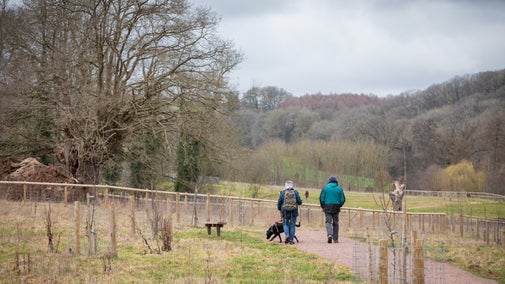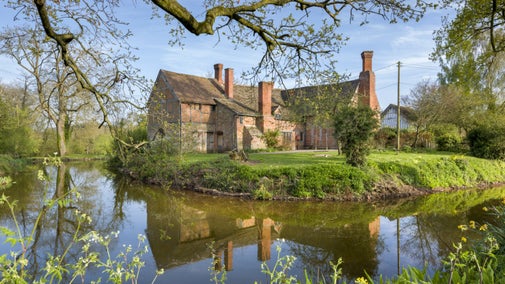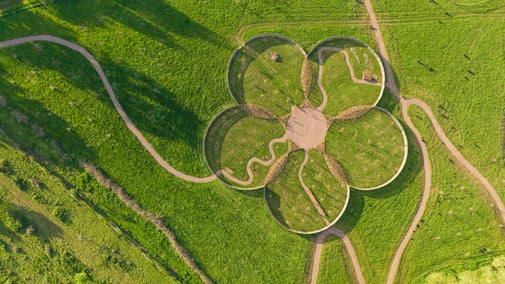
Become a member
Join today and help protect nature, beauty and history – for everyone, for ever. Enjoy access to more than 500 places with National Trust membership.
Traditionally farmed estate and medieval manor house. Brockhampton is home to the largest orchard cared for by the National Trust.
Brockhampton Estate, Bringsty, near Bromyard, Herefordshire, WR6 5TB

Highlights for your day out at Brockhampton. Discover more in the Things to see and do tab above.
Follow trails which include a mix of accessible paths and off road adventures. Discover orchards, both old and new, natural woodland, parkland and a circular walk with breath-taking views across the Herefordshire countryside.

Step back in time and discover how the families would have celebrated the night before Christmas at Brockhampton throughout its 600 years.

In 2025 Brockhampton is celebrating its 600-year anniversary. Find out more and what's on as we celebrate with events throughout the year.

The estate at Brockhampton is dog-friendly, with miles of woods and parkland to explore with your four-legged friends. Here’s everything you need to know about bringing your dog.

Take a look at the walks and access maps of Brockhampton to help plan your visit.
We have carried out work towards making Brockhampton accessible to as many visitors as possible. Find out how you can currently access this special place.


Join today and help protect nature, beauty and history – for everyone, for ever. Enjoy access to more than 500 places with National Trust membership.